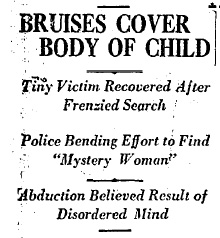
September 29, 1927
Los Angeles
Following a frenzied search, three year old Betty Jane Wagner is finally back at home where she belongs. The little girl went missing during a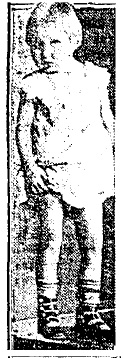 downtown shopping trip with her mother, Mrs. Agnes Wagner.
downtown shopping trip with her mother, Mrs. Agnes Wagner.
Covered in painful welts and bruises, the tiny victim recounted her ordeal to Detective Lieutenants Cawthorne, Harrah, and policewoman Vesta Dunn. “A naughty old woman took me and hurt me a lot”, she sobbed. She told police that she had been walking alongside her mother when she was suddenly grabbed by a strange woman who stuffed a handkerchief into her mouth, then carried her away. Unfortunately Betty Jane is much too young to give a detailed account of her kidnapping, but police are following up on a tip given to them by an elevator operator. The tipster works in a building downtown and told police that he’d taken a woman and child to the top floor. He was suspicious when the woman later exited the building without the tot.
Police are seeking a woman whom they have described as a being a “mental case who derives pleasure from inflicting pain on others”. Her identity is unknown, so a warrant for assault has been issued in the name of “Jane Doe”.
Betty Jane’s family is relieved that she has been returned to them, but they are bewildered by the brutal treatment that the toddler received at the hands of her abductor. The girl’s mother said that she could offer no reason for the pitiless attack upon her child.
There was no follow-up to little Betty Jane’s story in the Los Angeles Times, so we’ll never know if Jane Doe was caught – and we’ll also never discover if she was a sad mental case, or a monster. There would be one account later in the year of a mystery woman’s failed attempt to lure a child into her car, but no arrest was made.
Jane Doe may have resurfaced in 1929 when several children in the Los Angeles area were abducted in department stores, taken to a restroom, and severely beaten by a woman who then released them. If it was the same woman who snatched Betty Jane Wagner and so cruelly battered her – where was she from 1927 to 1929?
During the 1920s, one of the most common methods of treatment for mental disease was to dose the patient with barbiturates and other depressants to induce sleep. Was the mystery woman confined to an institution and subjected to “narcosis therapy” for two years? It’s conceivable that Miss Doe spent time in a dreary hospital room, sleeping fitfully on a narrow metal-framed bed, tortured by her drug induced nightmares.


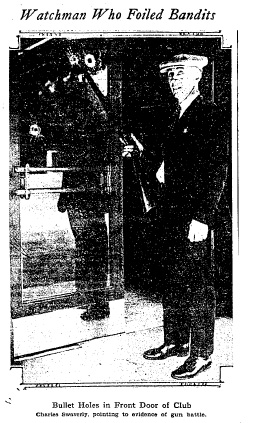

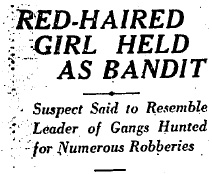


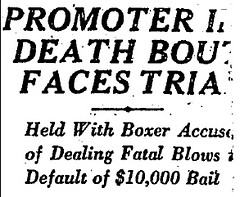

 The much anticipated rematch between defending heavyweight champion Gene Tunney, the “Fighting Marine”, and former champion Jack Dempsey, the “Manassa Mauler”, will be held at Solider Field in Chicago on September 26, 1927. Tunney will dominate for the first six rounds, but during the seventh round he will find himself in a corner being pummeled by a savage combination of punches that will drive him to the floor.
The much anticipated rematch between defending heavyweight champion Gene Tunney, the “Fighting Marine”, and former champion Jack Dempsey, the “Manassa Mauler”, will be held at Solider Field in Chicago on September 26, 1927. Tunney will dominate for the first six rounds, but during the seventh round he will find himself in a corner being pummeled by a savage combination of punches that will drive him to the floor. 



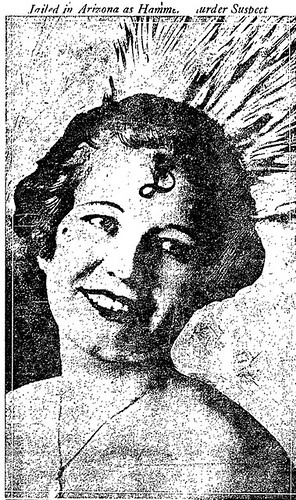
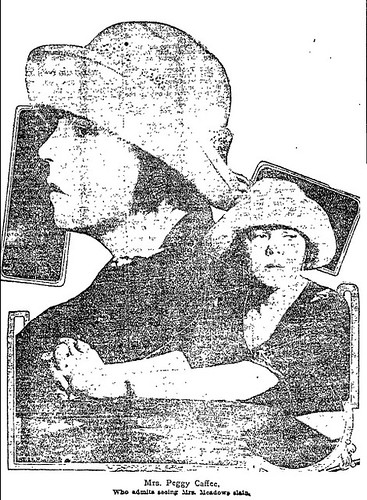 Clara gave her version of events from the witness stand. She said that it was her friend Peggy who had struck the fatal blow. The homicidal charmer had been at a loss to explain the bruising to her hands and the fingernail scratches covering her arms and legs – even so, public opinion began to sway in her favor.
Clara gave her version of events from the witness stand. She said that it was her friend Peggy who had struck the fatal blow. The homicidal charmer had been at a loss to explain the bruising to her hands and the fingernail scratches covering her arms and legs – even so, public opinion began to sway in her favor.